SRKW Community
Twenty-year-old Tahlequah is one of 74 orcas that make up the SRKW community.
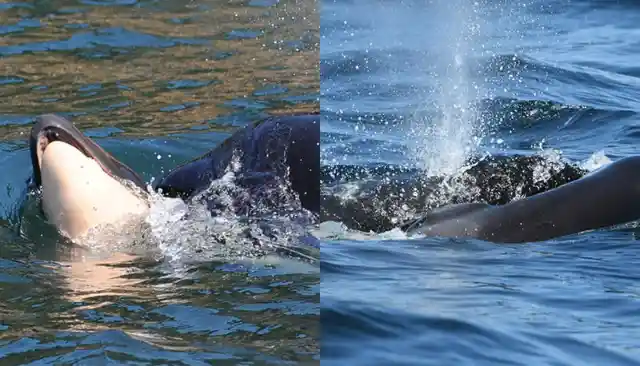
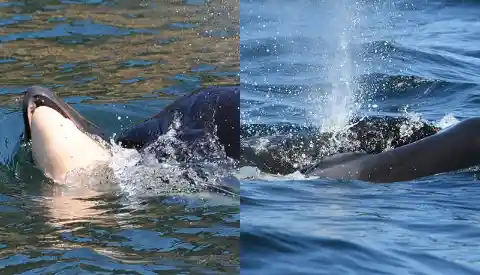
This group of whales, who live in the North American Pacific Ocean, have been closely monitored by the Center for Whale Research (CWR) for more than 40 years. And consequently, we now know much more about these creatures and their behavior.
A Heartbreaking Truth
Now although this breakthrough provided important insights into the whales’ behavior, it also uncovered a heartbreaking truth.
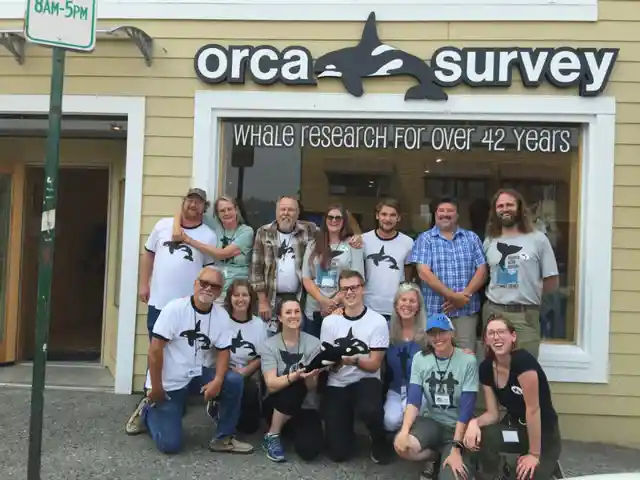
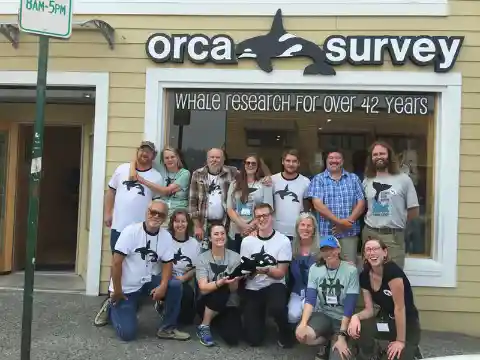
You see, it was believed that thousands of killer whales lived beneath the waves in the Pacific Northwest region. The reality, however, was altogether more shocking.
Endangered
During these efforts to capture them, some whales died, and it seems that as a result of these deaths – along with other human-related factors – the population has never fully recovered.
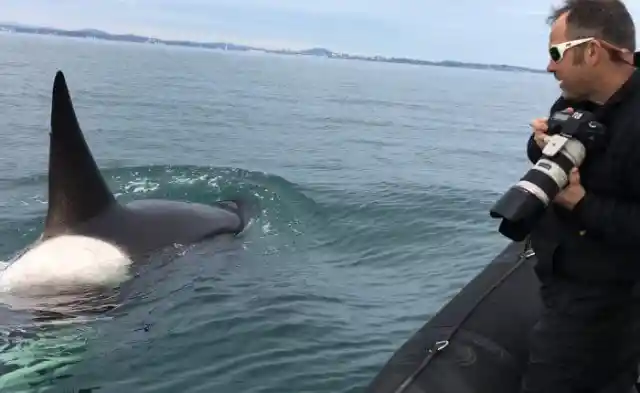
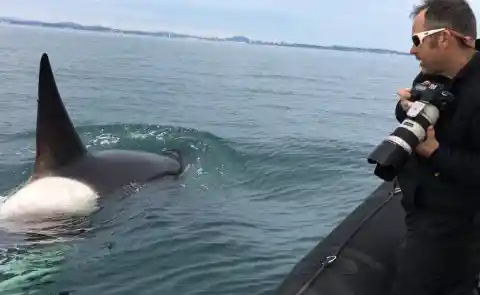
Consequently, the SRKW community is now officially considered endangered by the U.S. government. And so this is why the remaining orcas such as Tahlequah are vital in ensuring the survival of their species.
A Staggering Mystery
What’s more, it’s thought that Granny had a number of children, grandchildren, great-grandchildren and at least one great-great-grandchild.
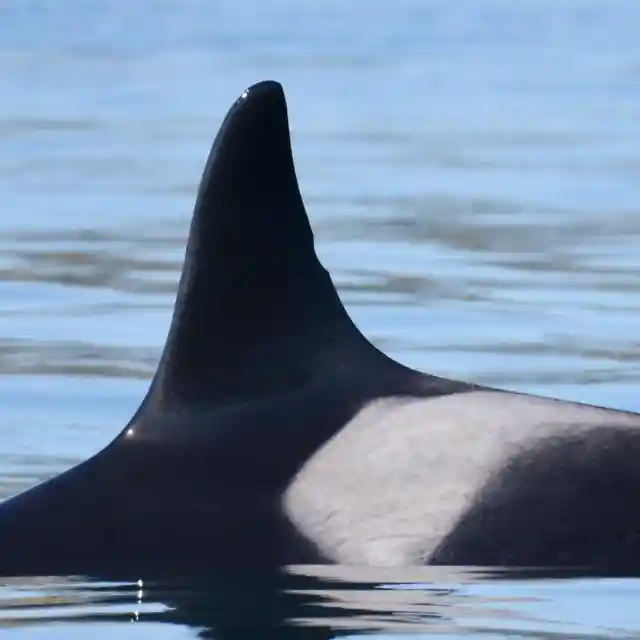
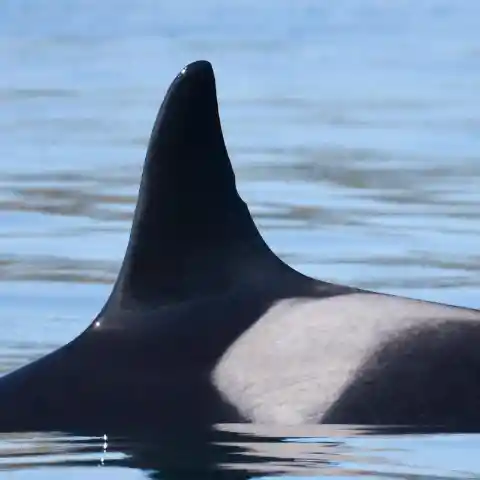
Sadly, though, researchers believe that not a single one of Granny’s direct offspring are still alive. Even worse, this doesn’t appear to be unusual. More than 70 members of the SRKW have reportedly died or disappeared in the past 20 years.
A Dwindling Family
Then, about six years later, J35’s sister sadly passed away as well. Things didn’t get much better for the orca after that, though.
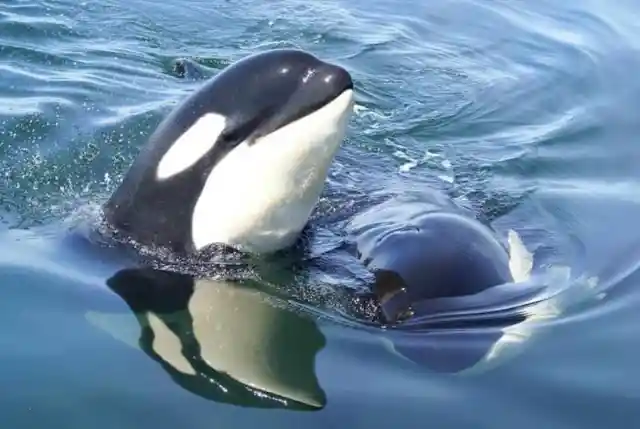
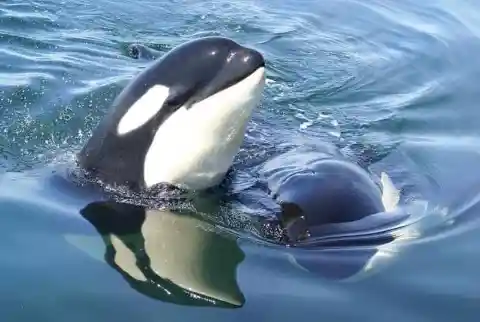
Following her sister’s death, Tahlequah took her niece, Star, and nephew, Dipper, under her fin. Soon after, however, Dipper also passed away.
An Unprecedented Birth
And that’s perhaps why on July 28, 2018, Tahlequah appeared to behave in such an unprecedented way. Why?
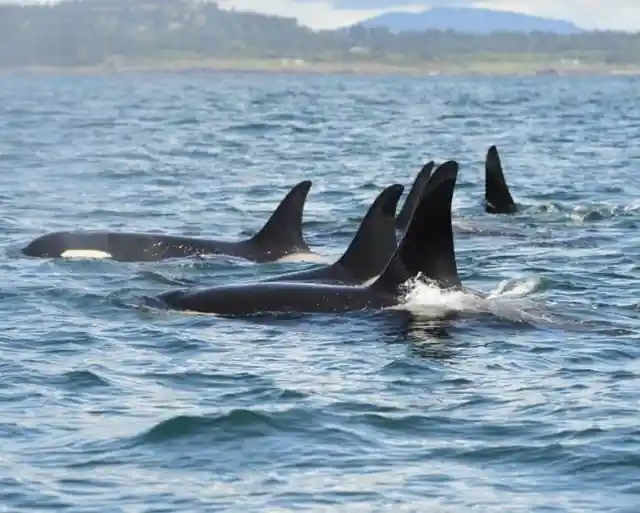
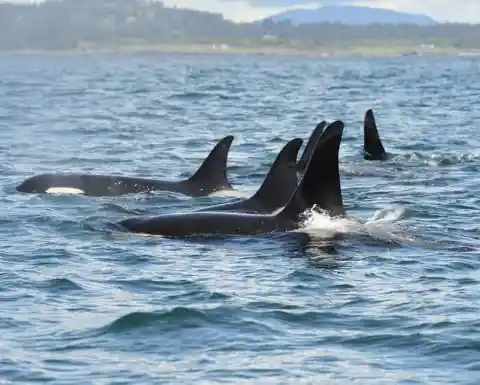
Well, on that date, J35 gave birth to the first calf that the SRKW population had seen in three years. Since late 2015 all SRKW pregnancies had, unfortunately, been unsuccessful.
A Tragic Loss
Heartbreakingly, less than an hour after the birth, J35’s baby girl had passed away.
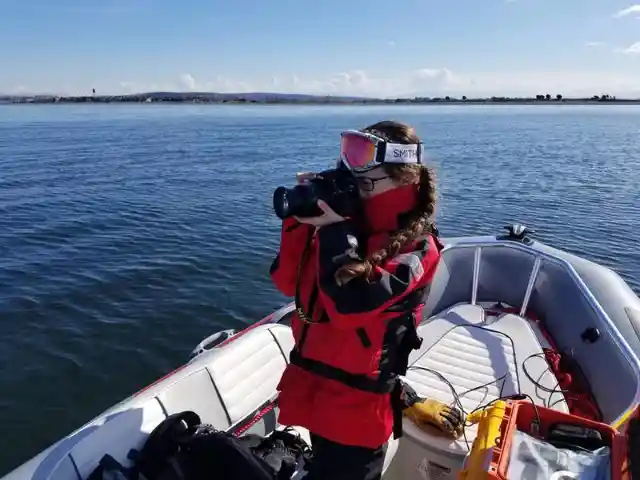
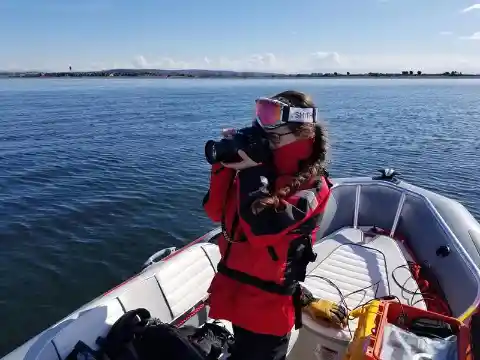
Although the precise cause of her death remains unclear, contributing factors are believed to have included pollution and lack of food. But it was Tahlequah’s reaction to this tragedy that captured hearts around the world.
She Received Help From Her Pod-Mates
In fact, it isn’t unusual for orcas to behave in such a way. Both dolphins and killer whales have been observed carrying their dead for up to seven days.
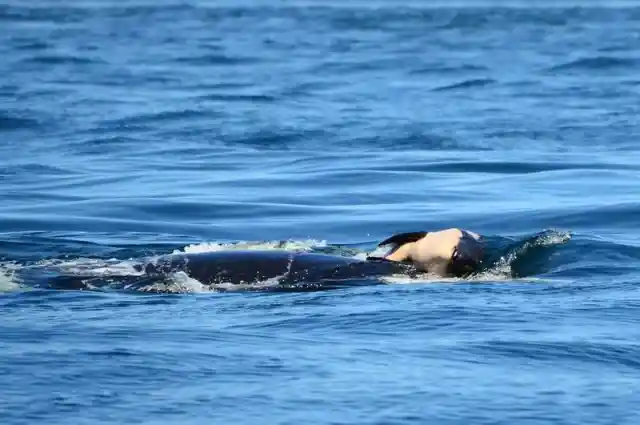
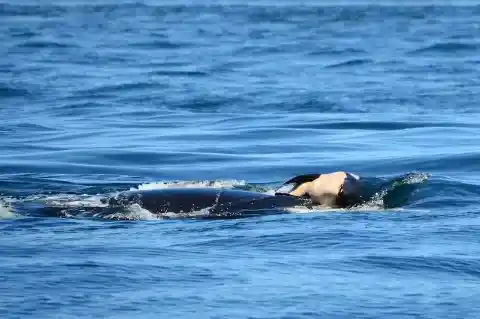
Tahlequah wasn’t alone, either. Other members of the pod reportedly began to support the grieving mom by helping to carry her calf’s body.
Concerned For Tahlequah's Health
One such individual was research scientist Deborah Giles, who talked to The Seattle Times about her concerns.
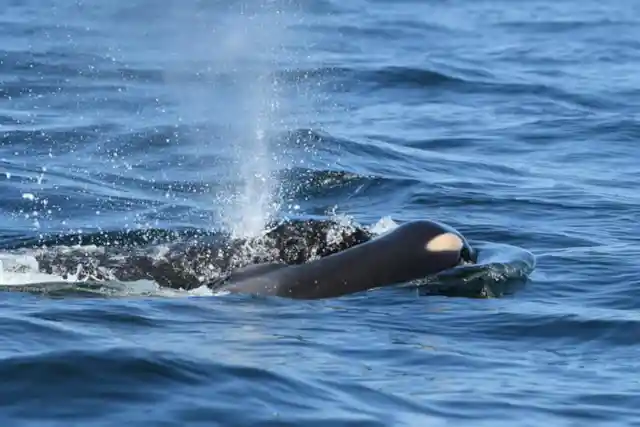
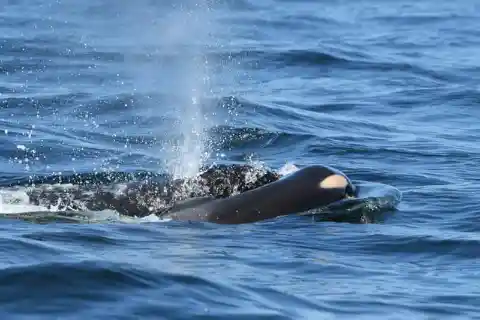
“Even if her family is foraging for and sharing fish with her, J35 cannot be getting the… nutrition she needs to regain any body-mass loss that would have naturally occurred during the gestation of her fetus and also the additional loss of nutrition during these weeks of mourning,” she explained.
Raising Awareness
With that in mind, Tahlequah’s heartrending plight clearly emphasizes the difficulties that whales are facing in the modern world.
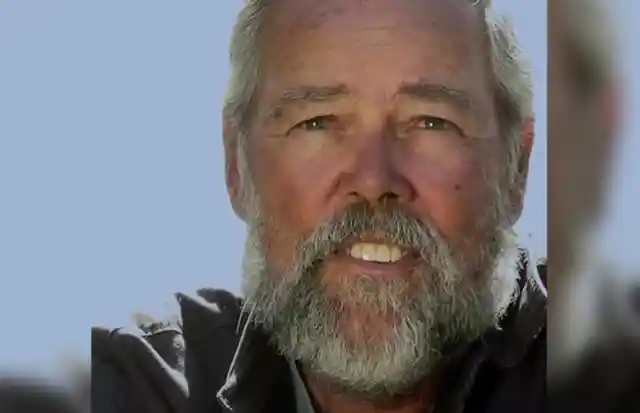
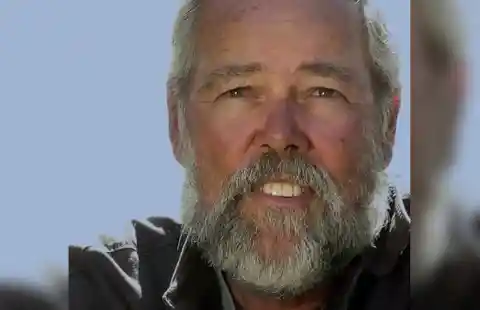
It also demonstrates that the loss of a child seems to have a heartbreaking impact on mothers in non-human species, too. Hopefully, tragic tales such as J35’s will encourage people to be more aware of their influence on the planet.